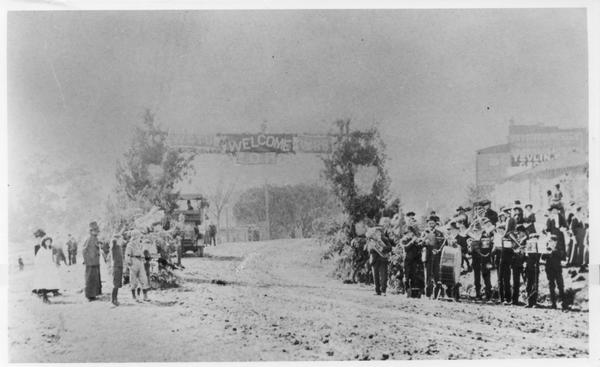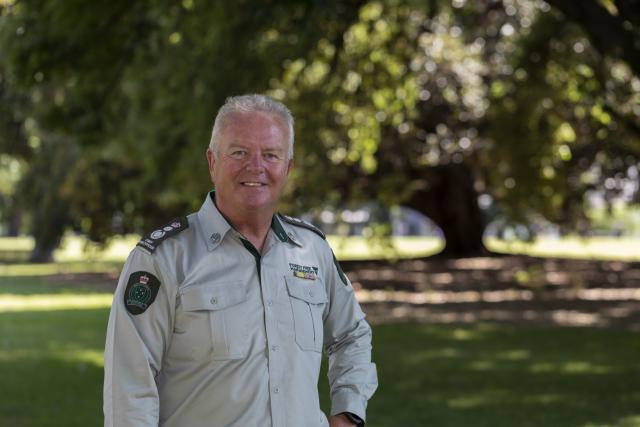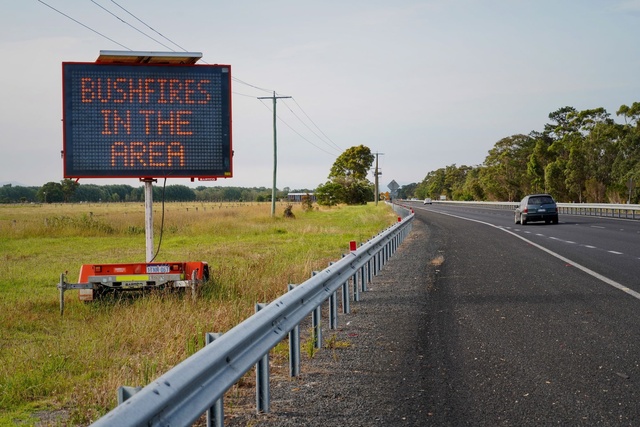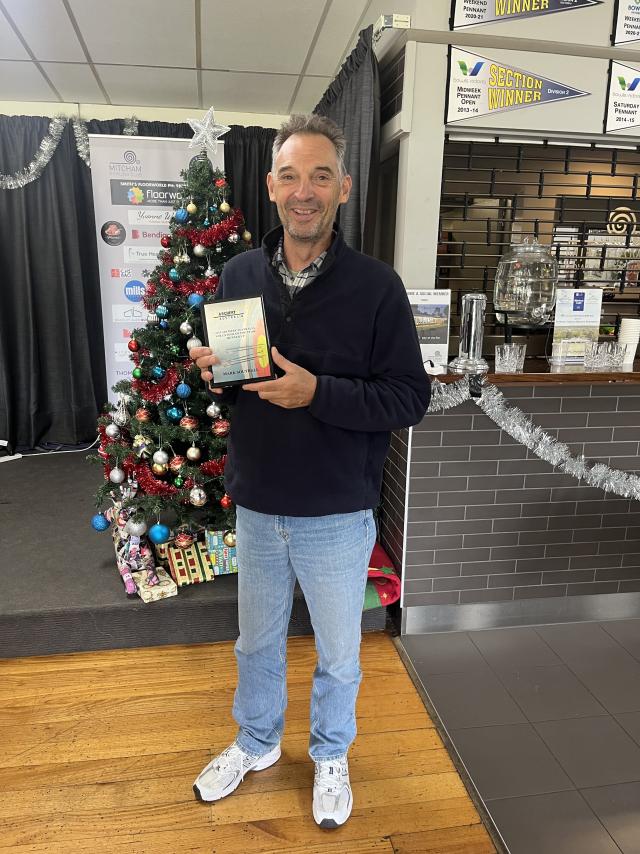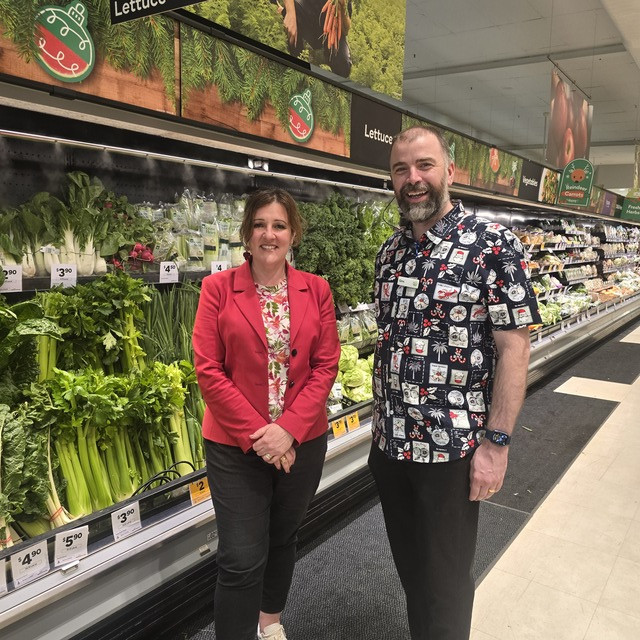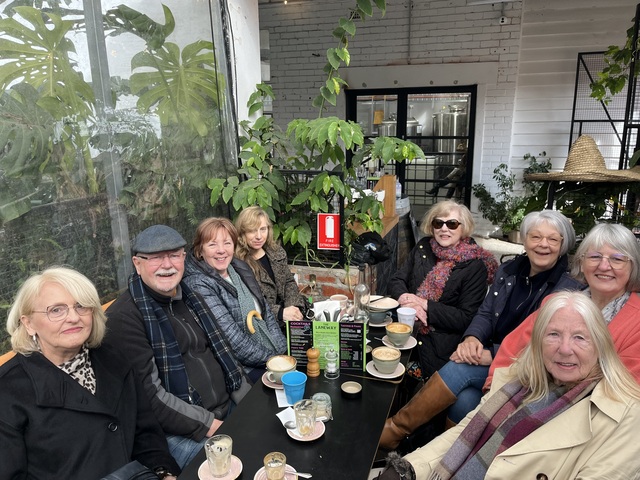One of the effects of Healesville being a ‘tourist town’ for most of its history was the arrival of visitors from overseas, in particular, in this case, sailors and soldiers.
The first large-scale group in 1908 consisted of 160 officers of the American Great White Fleet, the latter so-called because during peace time the hulls of their warships were painted white.
The 16 battleships in their circumnavigation visited 32 ports, including Albany, Melbourne and Sydney.
The Americans were transported to Healesville in 70 open cars owned by members of the Melbourne Automobile Club, visiting, in particular, Gracedale House, Healesville’s largest and most prestigious guest house.
They were greeted enthusiastically as they passed along Nicholson Street where the businesses and houses were ‘decorated gaily with flags and bunting’.
Two large arches extended across ‘our prettily situated township’ at either end of the town and the sailors were greeted by the Potts Family Band conducted by Ollie Potts, who was ‘proud of his American heritage’.
In 1917, during the Great War, either 400 or 700 French colonial troops (according to different newspaper reports) arrived by train.
Many had seen action on the battlefields of Europe and were on their way back to their homes in New Caledonia and Tahiti.
They marched, led by their band, from the station to Green Street and ‘proved to be a well-disciplined, soldierly body of men’.
They were billeted to different hotels and boarding houses which provided them with hospitality.
In 1924, a group of Methodist British officers and men of the British Naval Squadron berthed in Melbourne, organised by the Methodist Church Conference, came to visit.
They were shown ‘one of the most enthusiastic welcomes ever given by the locals. In perfect weather they were greeted by two large decorated banners and 200 children who sang patriotic songs while the troops stood to attention.’
‘One of the finest luncheons ever given in Healesville’ was provided, followed by a display from members of the Coranderrk community.
Two groups of American soldiers visited in 1925, in July and August.
It appears to have been a long time before the next large group arrived – 500 sailors from Argentina, in October 1961.
They were, as usual, warmly welcomed by the shire president but ‘spice and mirth’ were added to the occasion as the visitors did not speak English and the shire president did not speak Spanish.
The local newspaper had a lovely time recording the unwitting conversation caused by the situation.
All these visits followed the familiar pattern: there was no way of avoiding an address by the Shire president, many speeches of welcome and numerous votes of thanks.
Invariably there were bountiful lunches and teas, apparently in the belief that the sailors and soldiers experienced starvation prior to their visit to Healesville!
Entertainment of various kinds was provided and invariably included displays of boomerang throwing at Coranderrk.
Locals turned out in large numbers and always provided a warm and sincere welcome.

